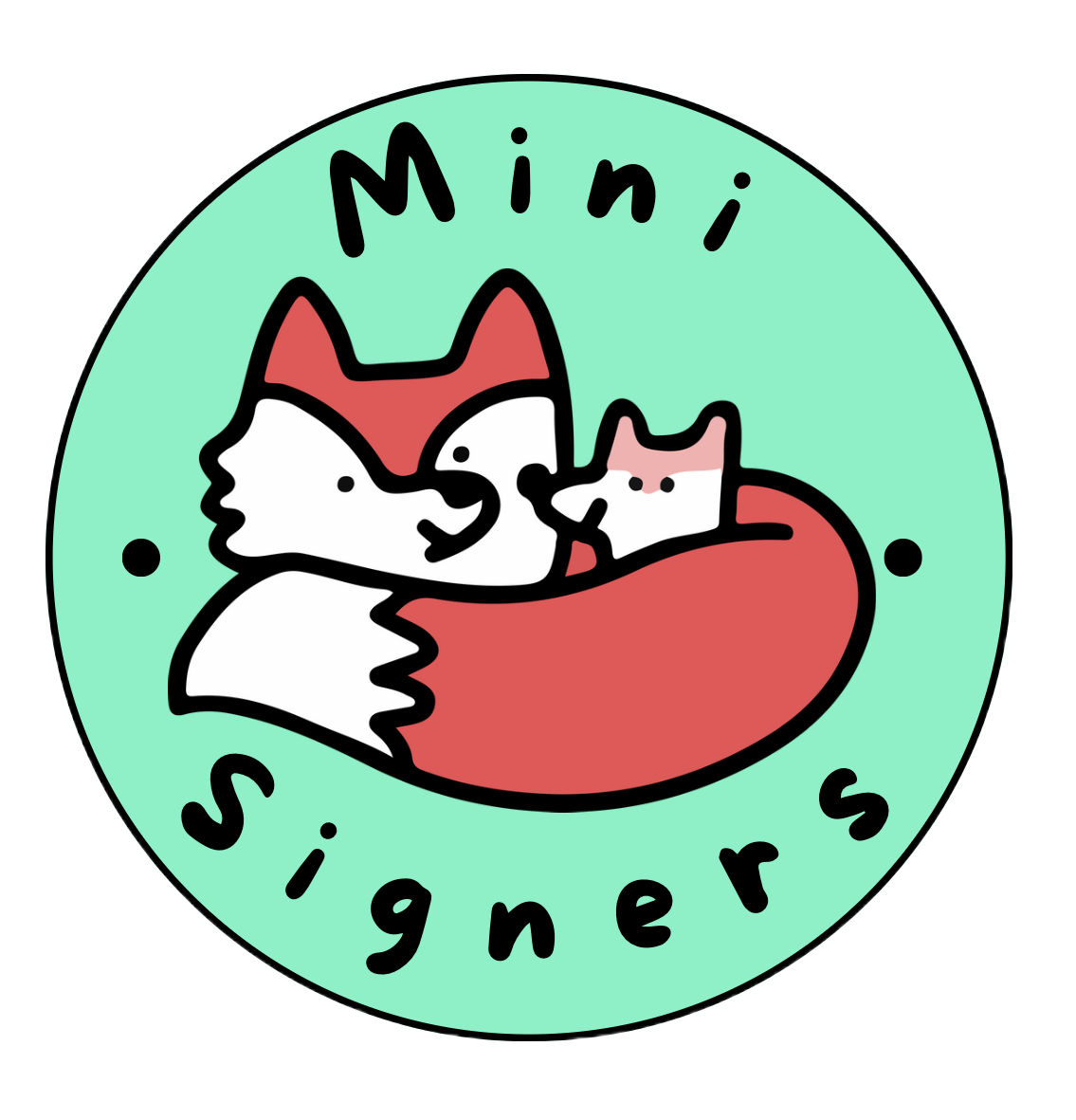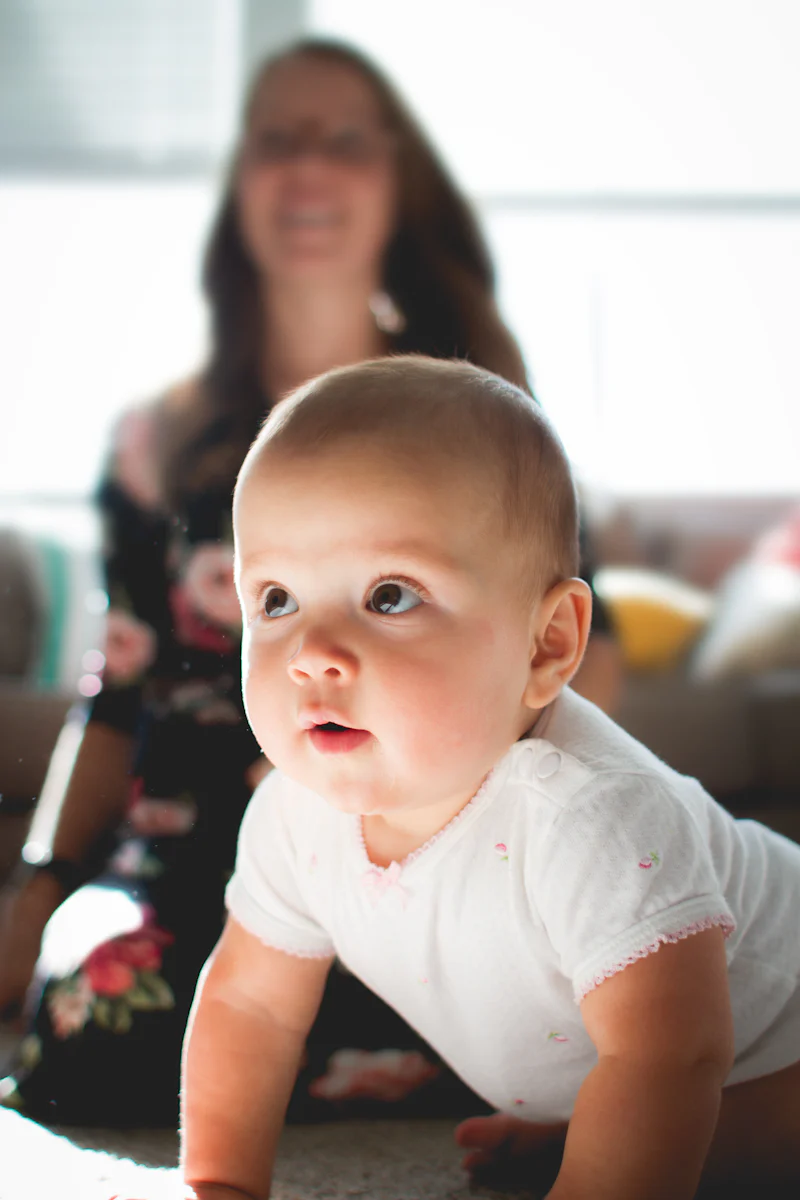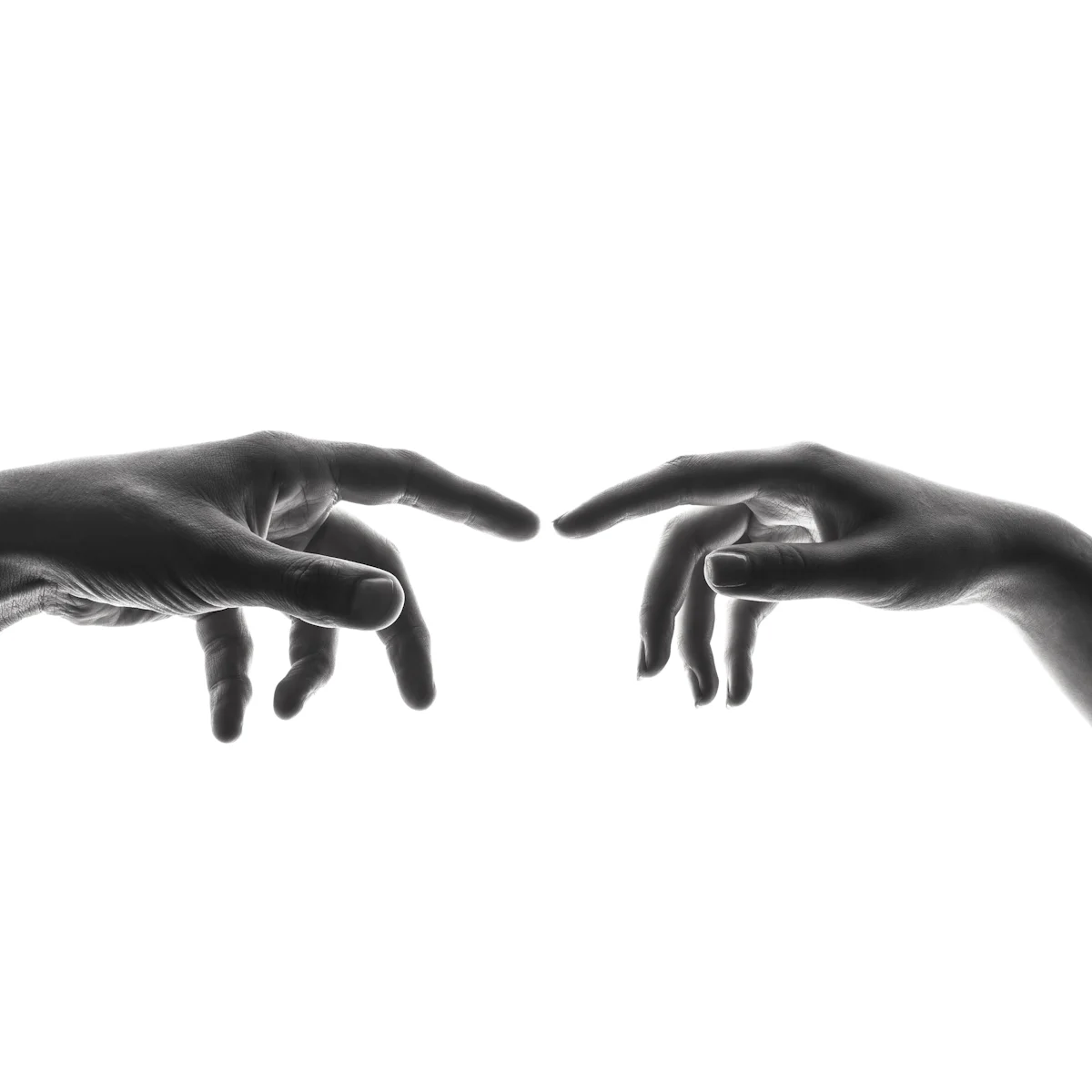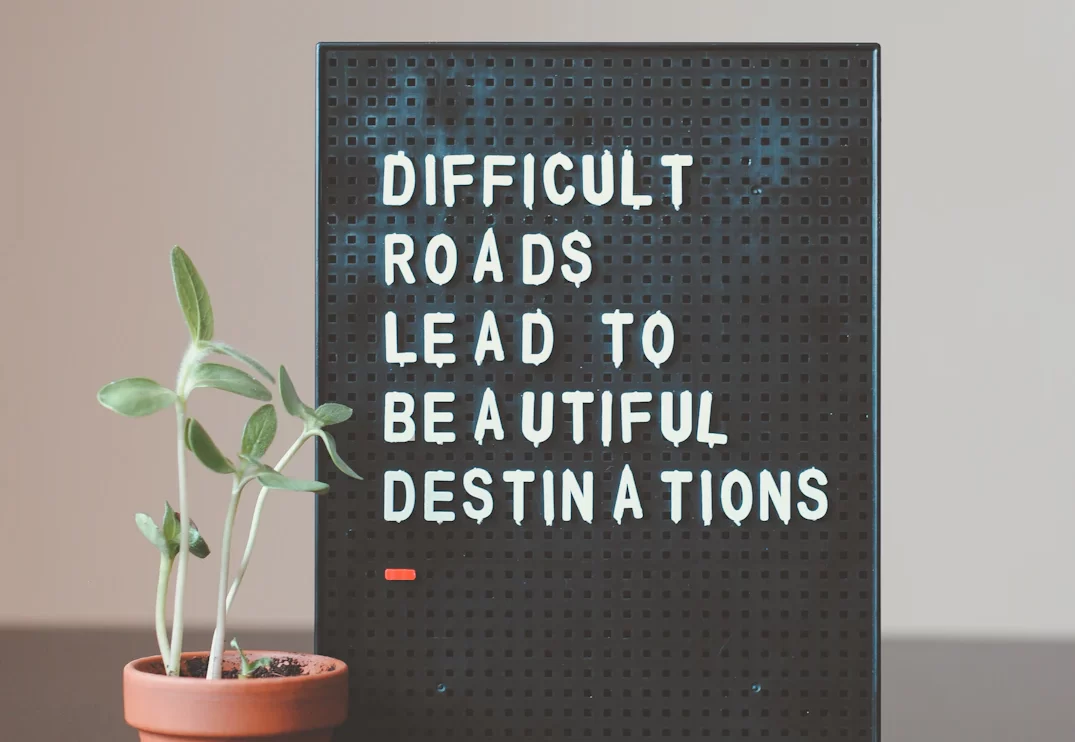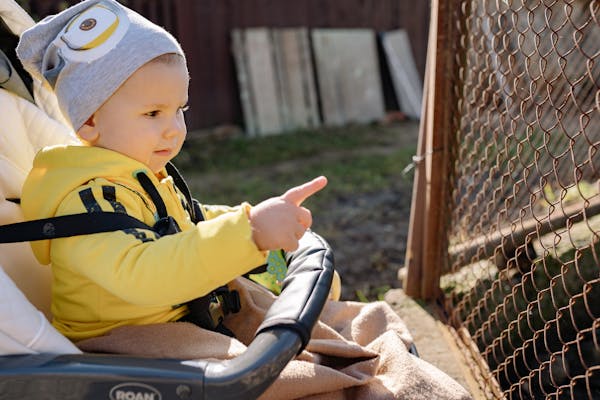
Welcome to the world of baby sign! In this article, we’ll talk about how baby sign language helps kids communicate better.
Ever wish you could understand what your baby wants when they can’t talk yet? That’s where baby sign language helps. It lets babies use signs and gestures to tell you what they need or feel.
Using signs can help babies express themselves before they can say words as well as long after. It can also help reduce frustration and strengthen the bond between parents and babies. Some people think baby sign language might even help babies learn more words and start solving problems, though we’re still learning about this.
Baby sign language can be especially helpful for babies who talk late or have special needs.
In this article, we’ll explain what baby sign is, its benefits for thinking, feelings, and talking, and give you tips to start signing with your baby. Let’s start this exciting journey of understanding and communicating with your little one!
What you’ll find on this page
What is Baby Sign Language: A Brief Overview
Baby sign language helps babies tell you what they need or feel using hand signs and facial expressions. Even before they can talk, babies can use signs to communicate. It’s also useful for older kids when they’re feeling strong emotions and can’t find the right words.
Baby sign language uses signs from both British Sign Language (BSL) and Makaton (the signs Mr Tumble uses).
British Sign Language (BSL)
So what is BSL? BSL is a language in its own right, used by the Deaf community, in the same way as French or Spanish are languages. This means that it has its own grammar and syntax. For example, in English we would say
”What is your name?”
but in BSL you would sign
”Name you what?”
Baby sign borrows the signs from BSL but continues to follow English grammar.
Makaton
You might have seen Mr Tumble using Makaton on CBeebies. Makaton signs are mostly from British Sign Language (BSL), so they’re similar. Makaton is a communication aid, and helps people understand spoken English better by adding signs. It’s used by kids and adults with learning disabilities and also for baby signing.
More information on The Difference between BSL and Makaton
Baby Sign Evidence
There’s limited research on baby sign language and its benefits. Most studies have small groups or aren’t very thorough, making the results hard to apply to real life. Many reports are based on opinions. However, there is some evidence about which types of signs are helpful.
There are two types of signs used in baby sign language
- Iconic signs– a sign that looks just like what you’re trying to say. This sort of sign is easy to understand even without any knowledge of sign language. An example of this is the sign for Drink, which is raising an imaginary cup to your mouth.
- Abstract signs– signs that don’t look like what they stand for. For instance, the sign for “milk” is opening and closing a sideways fist, like milking a cow. Babies might not easily connect these signs to their meanings, so they’re called abstract signs.
Simple and clear signs, like obvious gestures or iconic signs, are easier for babies to learn. Your baby might even create their own signs! So, the signs don’t have to be perfect or from BSL or Makaton to work. What matters is that you both understand and use them consistently. Sometimes we use abstract signs when there’s no clear way to sign something, and kids still learn and use them well.
Baby sign language helps babies express themselves and understand language better. It teaches them to take turns in communication. It’s a great way to boost early communication skills and bond with your child. It can also reduce frustration for both you and your baby. With baby sign language, you can start a fun journey of communication and connection, laying a strong foundation for language development.
What age can babies start learning sign?
Babies can start learning sign language from any age, although most begin around 6 months. There is even some evidence that babies begin to pay attention to signs as early as 4 month. On average babies start signing between 8-12 months of age. But there’s no special time to start; parents can teach sign language whenever they want. Some start early, while others wait until they see how helpful it can be for their frustrated toddler. Just like other milestones, the timing can vary for each baby. Every child is different, so be patient, consistent, and pay attention to your baby’s signals and needs.
Can Sign Language delay speech?
There’s no research showing any harm from teaching baby sign language. Even if you’re unsure about its benefits, trying it won’t hurt, so why not give it a go? Teaching signs doesn’t slow down speech development. Some say babies who learn to sign start talking sooner, though there’s no proof yet. Baby sign language is a helpful way to boost early language skills, strengthen the bond between parent and child, and give babies a way to express themselves before they can talk.
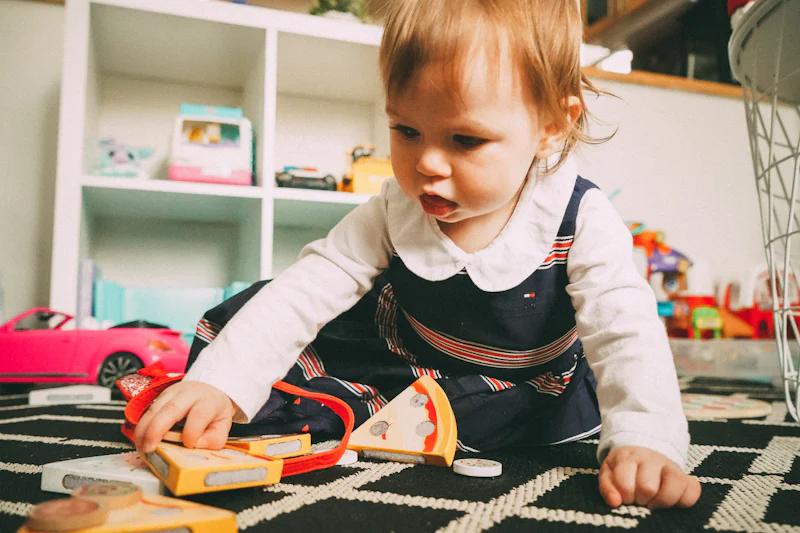
How Baby Sign Language Supports:
Language Development
Sign language isn’t just a fun way for babies to communicate; it helps their language skills grow.
Here’s how
- More Words: Baby sign shows babies visual cues for words and ideas. Using signs with spoken words helps babies learn more and understand them better. This sets a strong base for future language and communication skills.
- Early Communication Skills: Baby sign language gets babies used to two-way communication early on. Babies learn that their signs get reactions, encouraging them to keep signing and understand that communication goes both ways.
- Speech Skills: Baby sign language doesn’t slow down talking; it might even help. As babies learn signs and connect them with words, they start to link gestures with sounds. This helps them understand how to use words and gestures together, setting the stage for talking.
Cognitive Development
Baby sign language helps more than just communication; it can also boost a baby’s thinking skills. When babies link signs to meanings, they’re building bridges and making connections in their brains between words and thoughts.
Some think babies who use sign language show better thinking skills. Signing helps babies focus, remember, and understand symbols, which are important for thinking. Learning signs early also helps with understanding language, activating those parts of the brain.
Using sign language might also help with problem-solving and creativity. Some believe early sign use sets the stage for better thinking skills later on. However, this is mostly people’s opinions, as there’s not strong research to prove it yet.
Emotional Development
Baby sign language is more than just words; it helps babies express feelings early on. Through signing, babies learn to share their emotions and understand them better.
Baby sign language also helps babies understand others’ feelings. By watching and copying signs, babies learn to recognise and react to others’ emotions. Research suggests that signing babies are better at understanding feelings in others and show better emotional control. This might be because they can understand, express and communicate emotions, reducing frustration and developing problem-solving skills.
Using signs to communicate also helps babies get their needs met. When babies can show hunger, discomfort, or happiness through signs, they feel understood and closer to caregivers, building a strong emotional bond.
In short, baby sign language helps babies connect emotionally and understand themselves and others better. So, when you sign with your baby, you’re not just teaching words; you’re helping them grow emotionally and strengthening your bond
How To Start Baby Signing?
So, you’ve learned about the benefits of signing with your baby, and now it’s time to get practical! Signing can be simple, but repetition, consistency, and patience are key. The more your child sees a sign, the quicker they’ll learn and use it.
Here are some ways to learn and use baby sign language:
- Join a Baby Sign Class: Come and join Mini Signers in Raynes Park. We use music and signing to make learning fun and age-appropriate.
- Learn Basic Signs at Home: Look up some basic signs and use them often. Mini Signers’ Instagram has videos to help you get started, and YouTube is full of tutorials too.
Incorporating sign language into your daily routine can make learning fun for your baby. You can also use signs in nursery rhymes and songs, which babies always love. It supports their understanding of words, helps them express needs, and builds early communication skills. Plus, it can even help with speech development.
By using baby sign language, you’re giving your child a valuable tool for effective communication and a great start on their language journey. So, start signing and enjoy this special bonding experience with your little one today!
